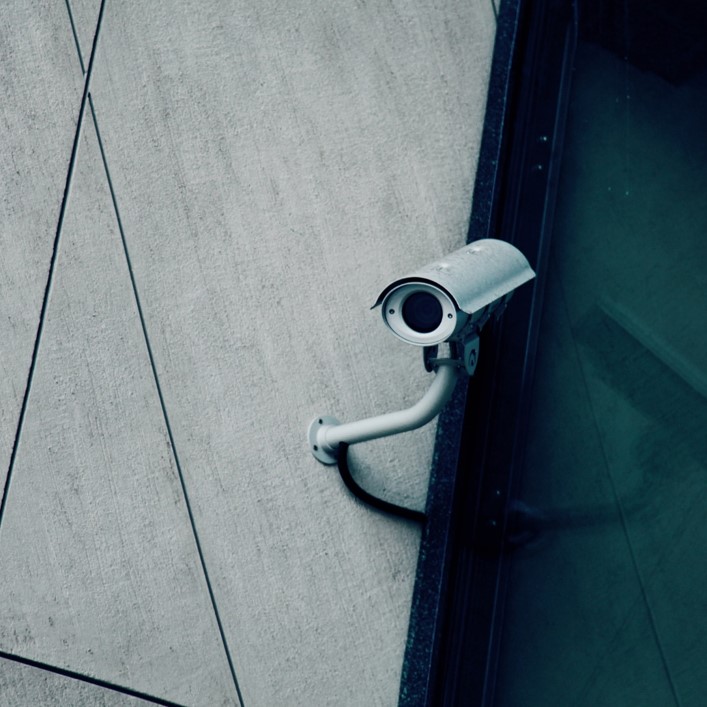
Question: How should we notify our employees that they are under video surveillance at work?
Answer: Generally, the use of surveillance in the workplace is contentious due to employees’ common law expectations of privacy. Address this issue by notifying your workforce that they should not expect privacy in specific, public areas where notice is posted that video surveillance is occurring. Employees should also be notified about the areas that will not be monitored; for instance, employees have a reasonable expectation of privacy in bathrooms, dressing areas, and medical examination offices. The key to this policy is its reasonableness. Courts are typically supportive of what they consider “reasonable” policies that monitor open and public work areas; however, targeting a single employee’s work area, for example, may be considered intrusive.
Your policy should also explain why the surveillance is necessary and its goals (to increase safety, reduce loss, etc.). The policy should outline consequences for inappropriate behavior or policy violations that are observed through surveillance and the circumstances under which footage may be used for performance management.
The policy should also contain a signed, dated statement indicating that the employee has read and understood the policy. A best practice also includes researching local or state laws applicable to your workplace where an employee may have a right to privacy and not be subjected to video surveillance.
We recommend reviewing any new or updated policy with legal counsel prior to publication. This review is particularly important when dealing with privacy issues, which can result in penalties and even jail time if handled inappropriately. Best practice is to draft the policy in conjunction with legal counsel to ensure enforceability.
The American Bar Association offers an interesting article about the reasonable expectation of privacy.